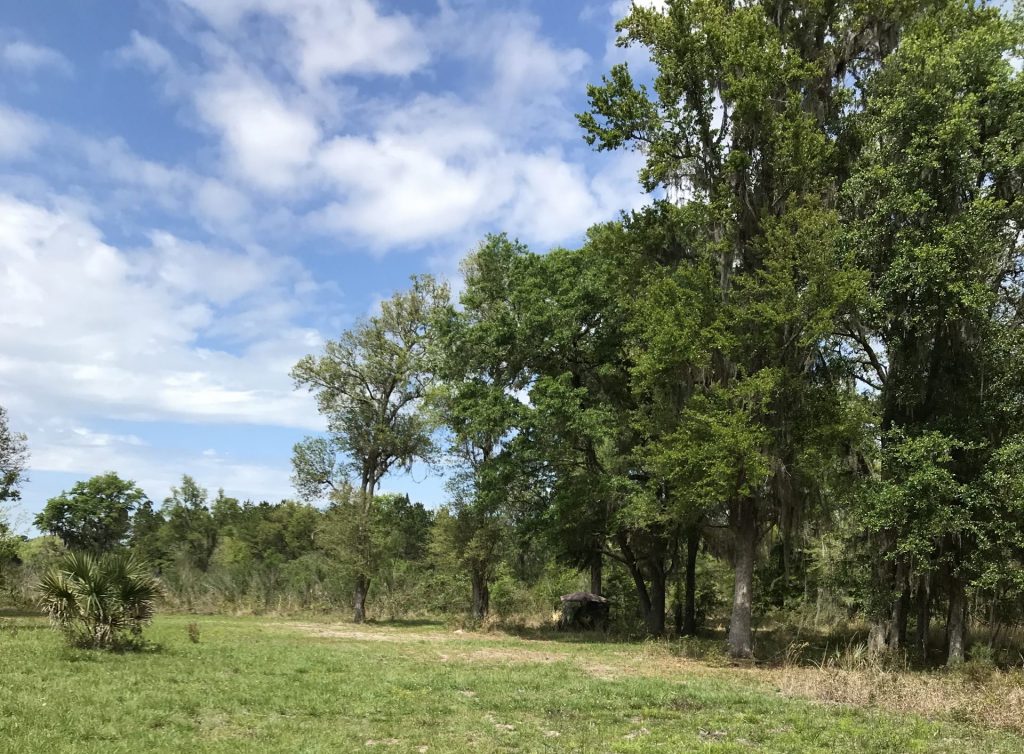Independence is a theme this time of year. And we are following suit. But we aren’t talking declarations or fireworks. We are talking freedom from density!
In the last post, I discussed density dependent and density independent factors. A cool paper demonstrated how they can work separately and in concert on a deer population.
Managers can’t control those density independent factors, but maybe lowering population density can insulate it from them. If animals are not stressed by density dependent factors, they may be better equipped to handle a $1,000,000 winter or hurricane. After all, sharing a limited amount of resources with fewer individuals means more for all. Right?
Well, fear not. Because you know someone has investigated this too! This time we are going south to the Florida flatwoods where deer say “winter-sminter!” Not much snow or freezing temperatures in the pine flatwoods on the Gulf Coast of the Florida panhandle.
Looking at body mass, antler beam diameter, and number of points of yearling bucks over a 10 year period as deer density declined, no differences were observed. Density decreased by 75%.
Competition among deer for resources must exist for a density dependent relationship to exist. So it appears that competition was not the issue. There was plenty of browse available. What wasn’t available was high quality forage.
Studies of the habitat suggest the nutritional value of browse in the flatwoods is suboptimal for body growth and may only meet the basal energy requirements of deer. Even phosphorous levels were below maintenance-level requirements. Indeed, deer in some areas of Florida experience reproductive rates comparable to those where winter starvation was chronic yet none of those deer suffered malnutrition as measured by bone marrow fat, pericardial and peritoneal fat body size, and weight.
Regardless of population density, there is no way to improve their nutritional plane. There is no insulating these deer from another density independent factor because the Florida flatwoods was a constant density independent factor. Independence isn’t all it’s cracked up to be!
The question then becomes how do you manage a deer herd that is insensitive to changes in density? And how do we know if measures of deer health (reproduction, antler beam diameter, body mass, fat reserves) are the result of density dependent or density independent factors? And then there is the Synergistic Population Density and Environmental Effects on Deer Body Condition that tells us that both density dependent and density independent factors can work together. GAH!
The only answer is to know your critter and where they live. Deer are ubiquitous but also unique. Pennsylvania deer are no different than Florida flatwoods deer or Canadian island deer but the places they live are. To understand Pennsylvania deer, we need to understand the forest – the trees, the plants, the soils, the deer. And as we know, all those things resemble a Christmas light knot that you might find in Clark W. Griswold’s garage!
I am beginning to think independence is never celebrated in nature.
-Jeannine Fleegle
Wildlife Biologist
PGC Deer and Elk Section
